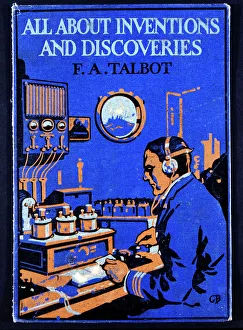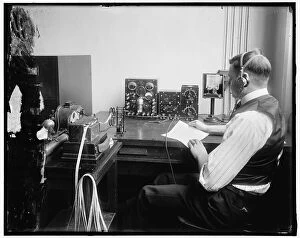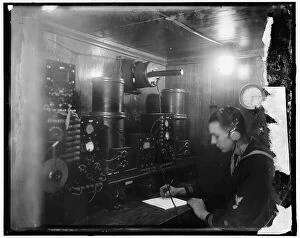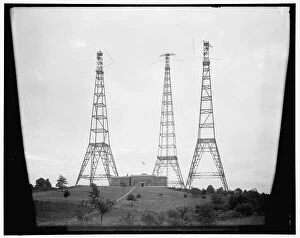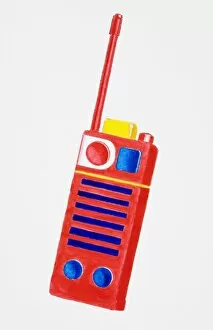Radio Communications Collection
"Revolutionizing Communication: The Evolution of Radio Communications" Step back in time to 1916
All Professionally Made to Order for Quick Shipping
"Revolutionizing Communication: The Evolution of Radio Communications" Step back in time to 1916, where a wireless officer on board a ship diligently sends messages through Morse Code, bridging the gap between distant lands. In the 1920s and 1930s, the radio room on board Dornier flying boats became a hub of connectivity, connecting people across vast oceans. During this era, one name stood out - Marconi. Guglielmo Marconi's genius birthed an interior marvel - a Marconi radio transmitting station in 1915. These stations became beacons of communication, enabling global connections like never before. In the early 1940s, Karl Guthe Jansky emerged as an American physicist and radio engineer who paved the way for advancements in radio technology. His contributions propelled us into new frontiers of communication. The significance during times of war cannot be overlooked. Witness captured German telephone equipment being utilized by United States Army Signal Corps during World War I. Fast forward to July 1918 when these courageous soldiers operated field radio stations in France – their voices echoing resilience amidst chaos. Switzerland's Marconi radio station at Berne boasted impressive long wave transmitter masts around 1925 – towering structures that symbolized progress and connection. Closer to home, Bethune-Cookman College in Daytona Beach served as a testament to education and empowerment even during challenging times like World War II. Gordon Parks' lens captures students utilizing radios as tools for learning and staying connected with loved ones far away. As technology advanced further into the Space Age, Yuri Gagarin's historic orbit aboard Vostok 1 in 1961 showcased how even beyond our planet's boundaries, radio communications played an integral role in keeping humanity linked together. From humble beginnings with Morse Code to walkie talkies adorned with colorful buttons today – we owe it all to those pioneers who dared to dream of a world where radio communications would unite us all.

